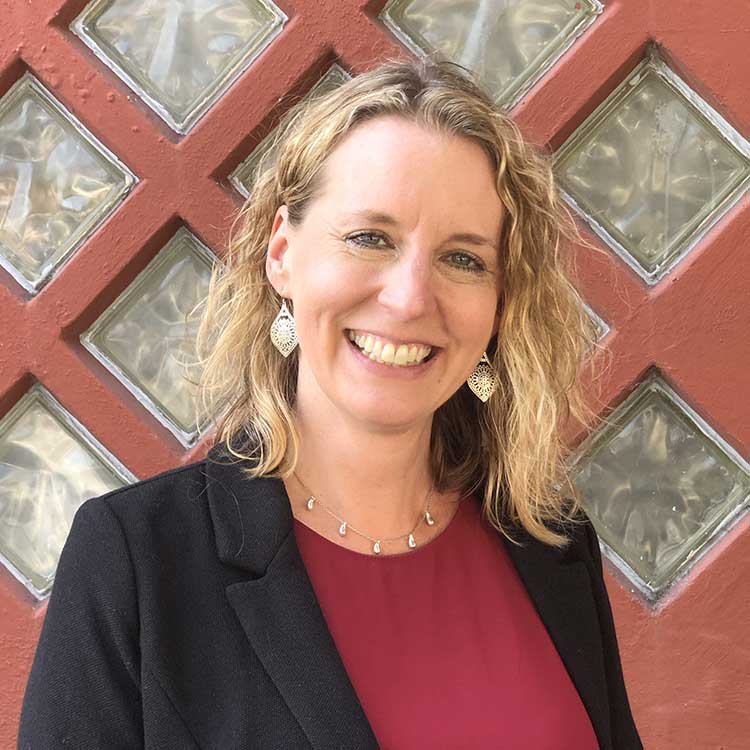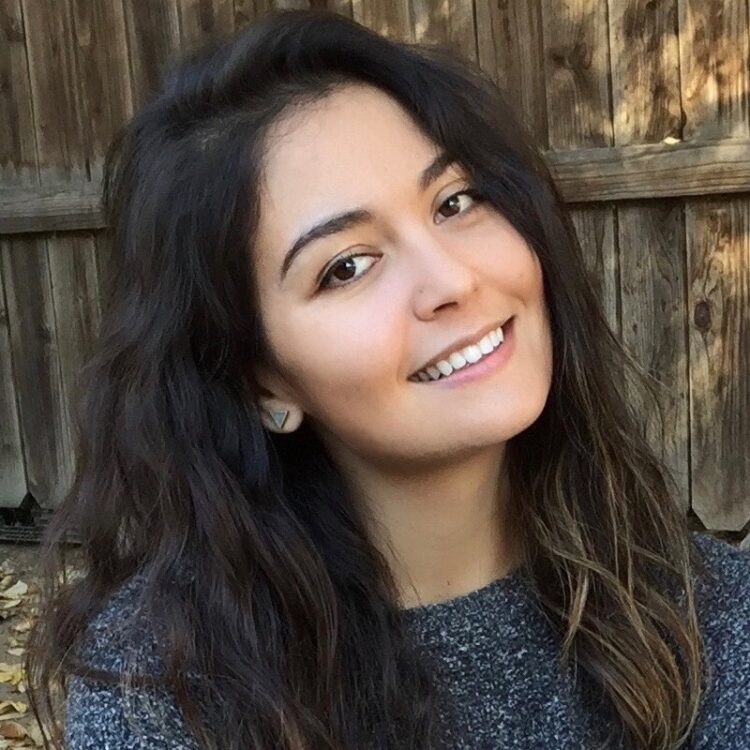How accurately are you able to imagine someone else’s perspective?
This community meeting explored the difference between perspective-taking and perspective-receiving, with a focus on how to nurture empathy, listen deeply, and improve relationships in schools. We learned about the science behind these topics and discovered strategies to receive, honor, hold, and respect others’ perspectives to foster deeper understanding and compassion among students and colleagues.
Hosted by Amy L. Eva, Ph.D., Associate Education Director at the Greater Good Science Center. Joined by special guests Erin Vong Limoges and Jessica Fagen from Voice of Witness, an oral history nonprofit that advances human rights by amplifying the stories of people impacted by—and fighting against—injustice.
This meeting was part of a four-part series, How to Improve Relationships in Schools: Bridging Differences through Curiosity, Empathy, Humility, and Forgiveness. In these virtual workshops with guest experts and leading researchers, educators learned about the science of curiosity, empathy, humility, and forgiveness, and how to build the key capacities to promote care, connection, and understanding in our schools. Below are some additional resources to explore.
Related Resources
Help students perspective-taking and understand the benefits of listening and receiving others’ perspectives.
Asking Effective Interview Questions
In this practice, students will play a warm-up game to help them understand the difference between open and closed questions.
Empathy is the ability to sense other people’s emotions, coupled with the ability to imagine what someone else might be thinking or feeling. Research suggests that people differ in the extent to which they experience empathy. So how empathic are you? Take our quiz to find out.
Empathy is a building block of morality and a key ingredient of successful relationships in school and beyond.
How to Let In New Perspectives (The Science of Happiness Podcast)
With the U.S. election swiftly approaching, the political divide can feel overwhelming. But what happens when we recognize the limits of our knowledge?
What’s the Tint of Your Glasses?
Learn how different perspectives result from different backgrounds, building acceptance and valuing differences. Try this practice with upper elementary, middle school, and high school students at the beginning of the school year to help build a trusting classroom climate and to cultivate positive student relationships.
Our guide to the key evidence-based skills and strategies that foster positive dialogue and understanding.
Teaching and Learning for the Greater Good
An online course for educators that puts the science of social-emotional learning and mindfulness into action. (Click here to learn how to earn graduate-level professional development credit for this course.)





